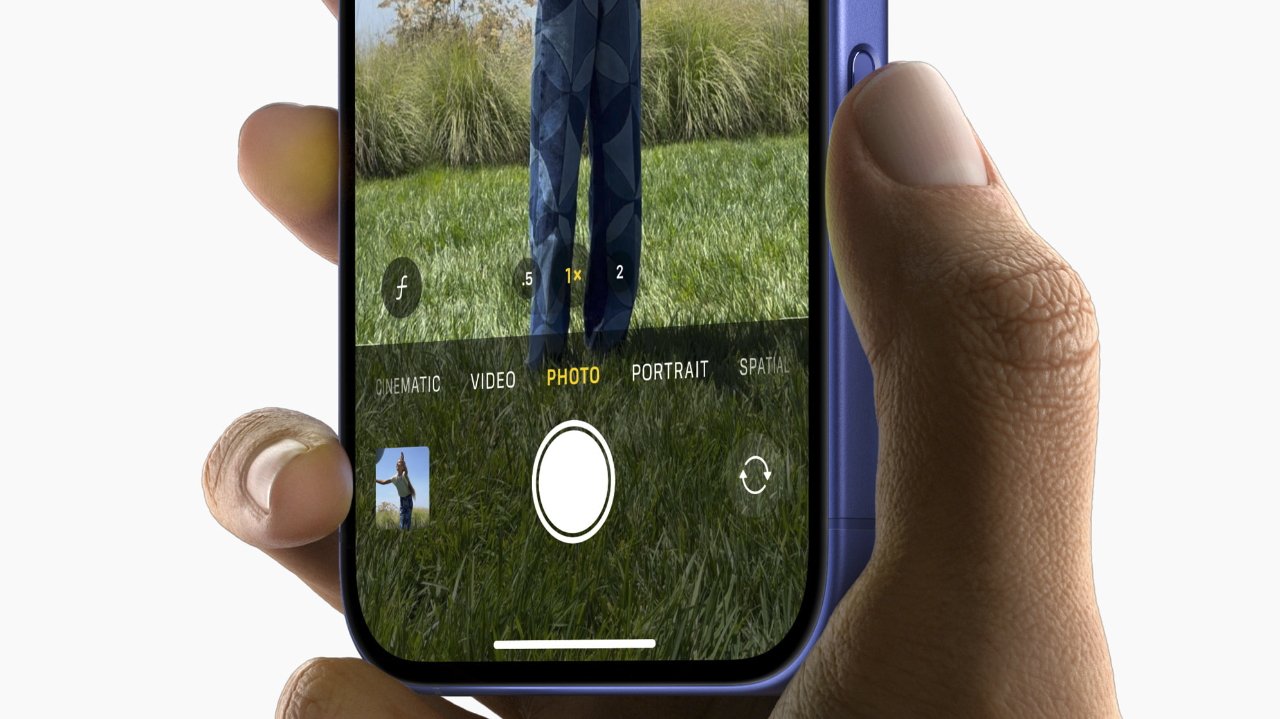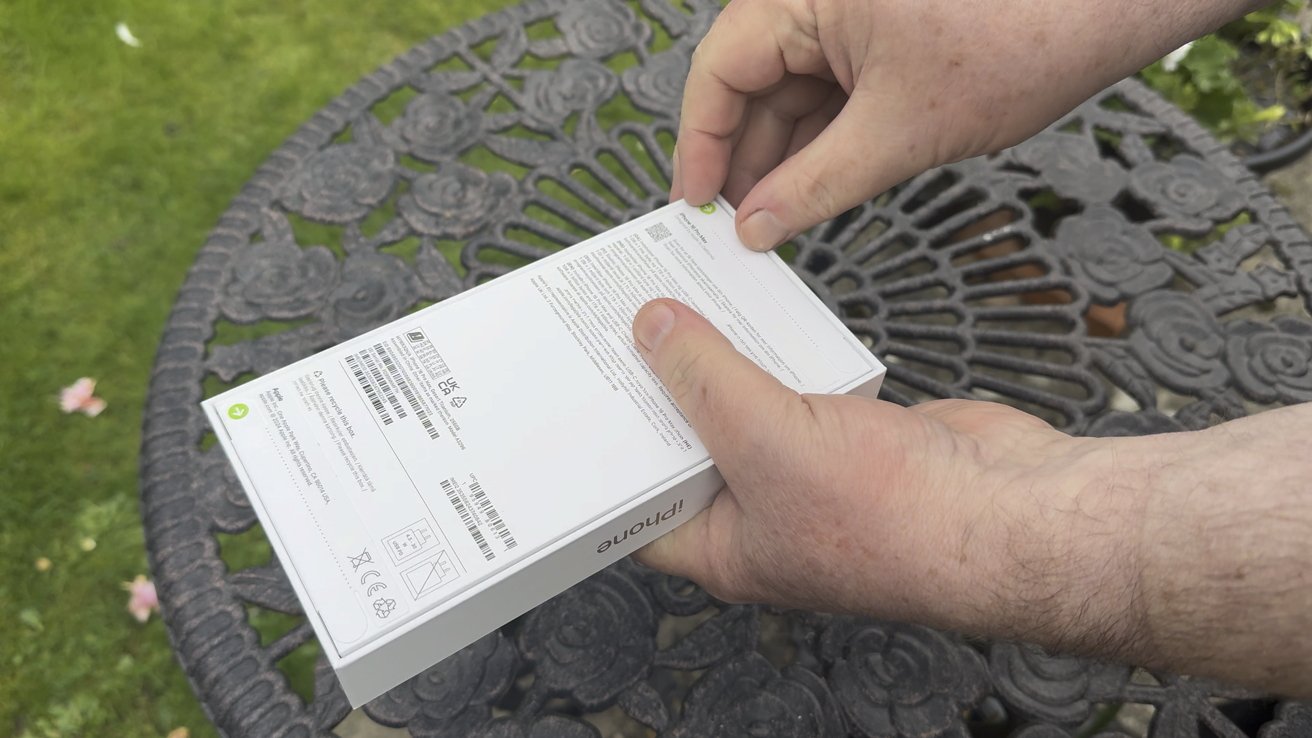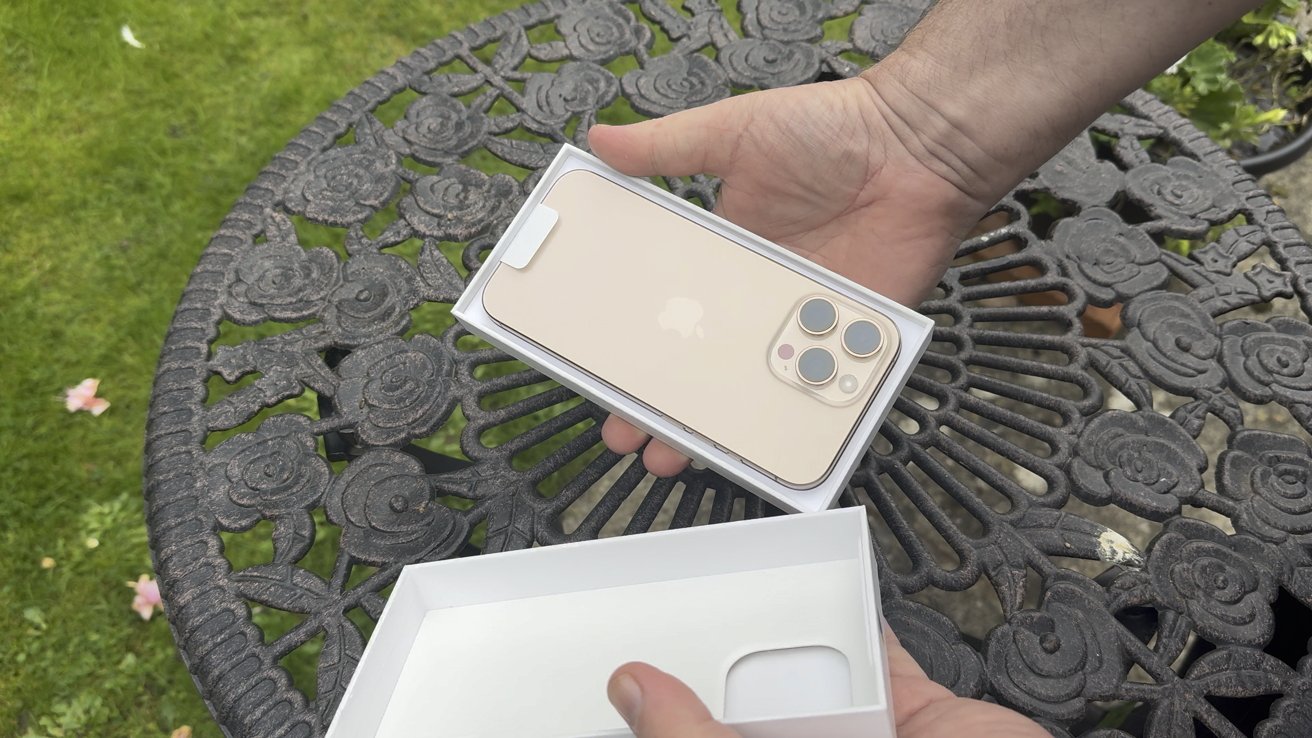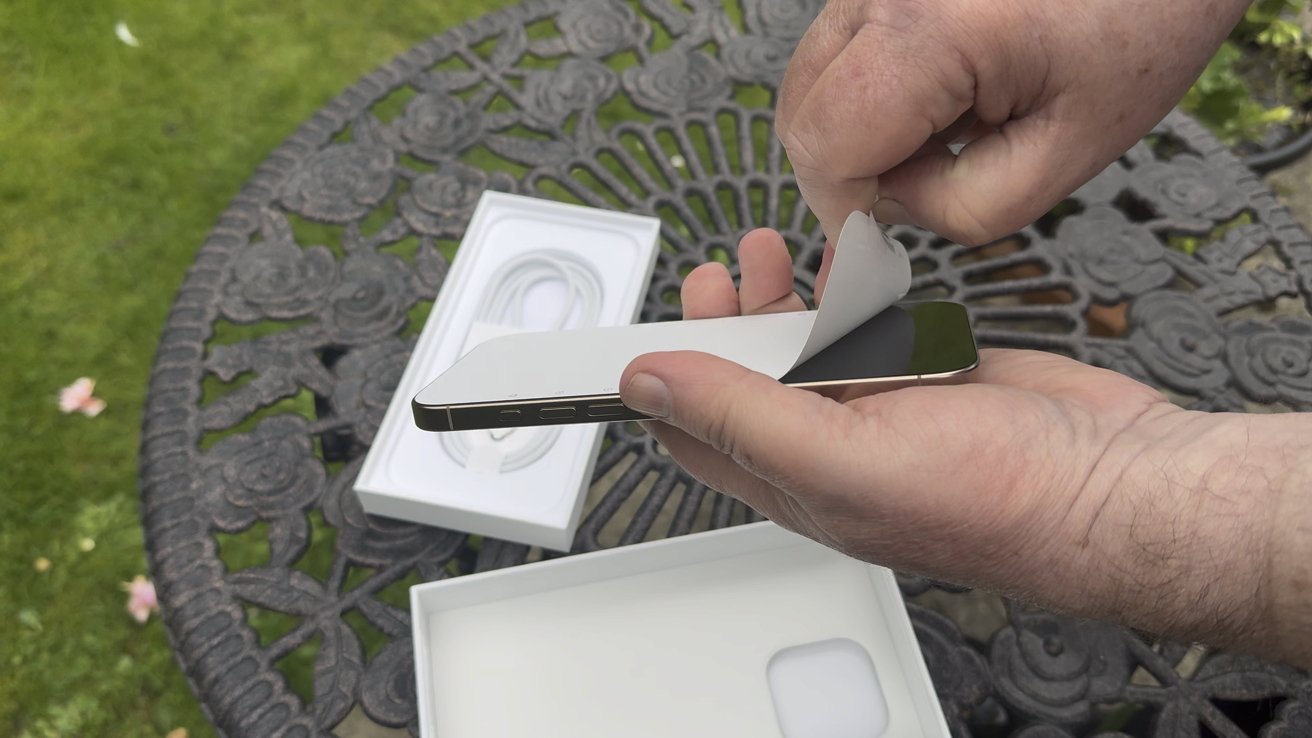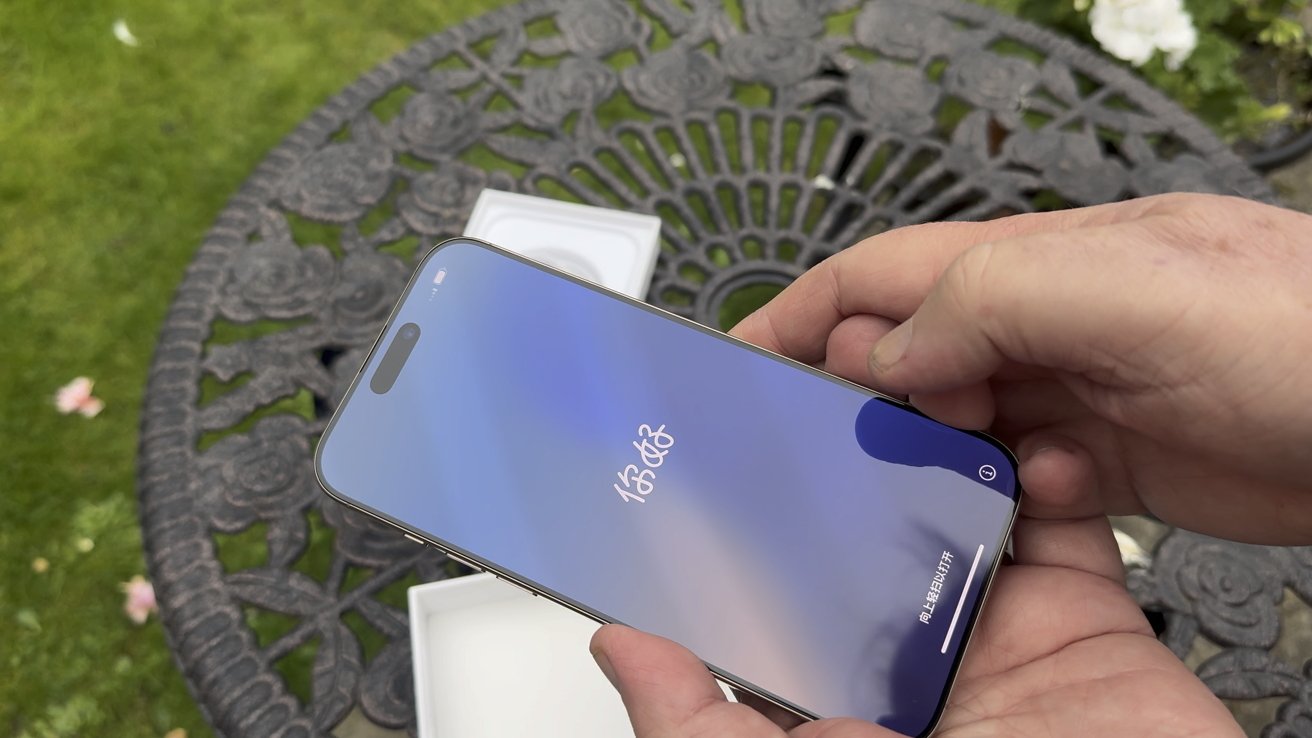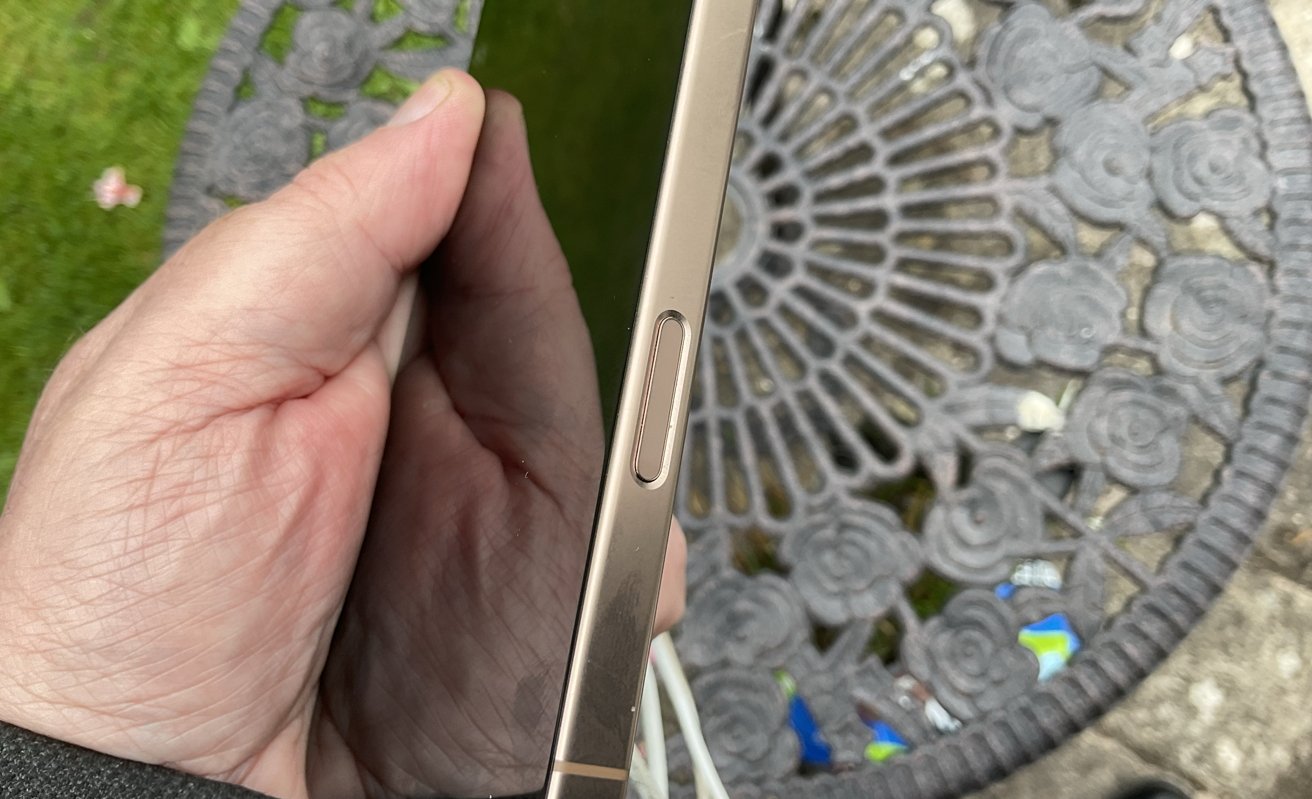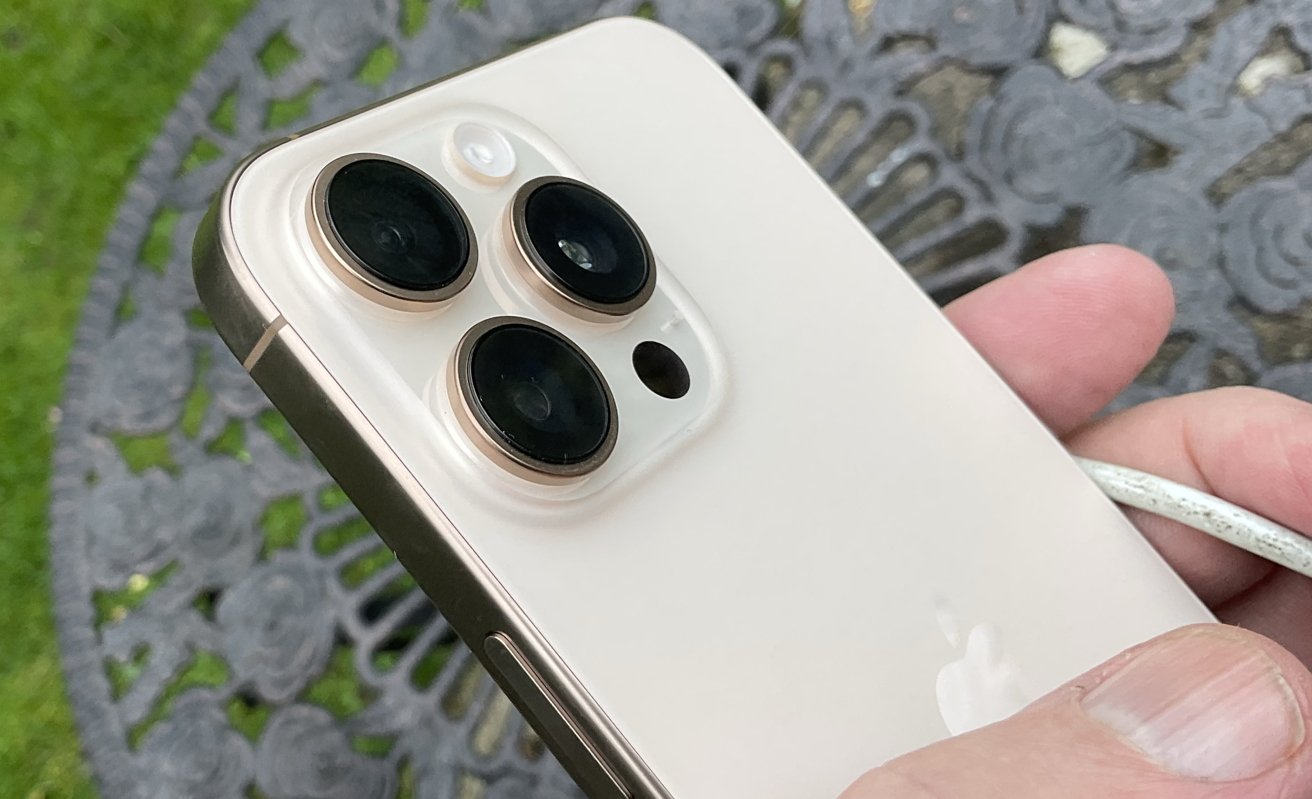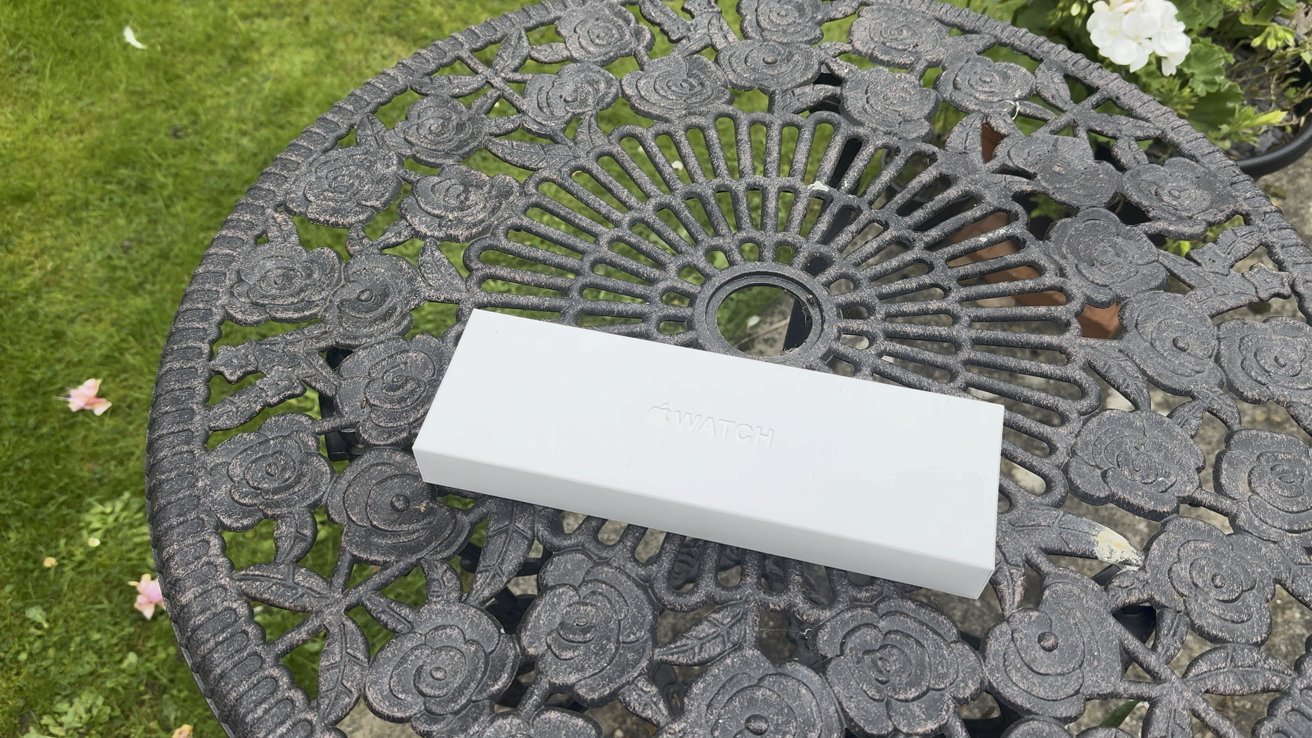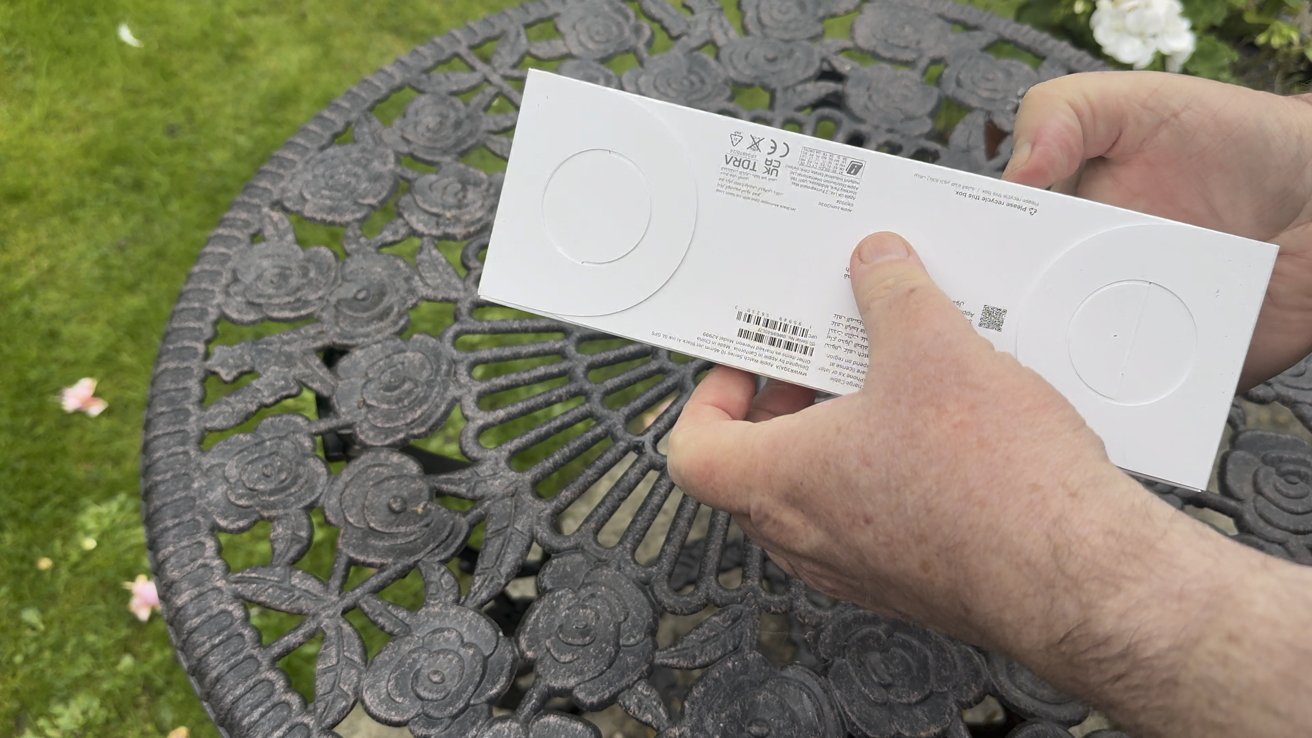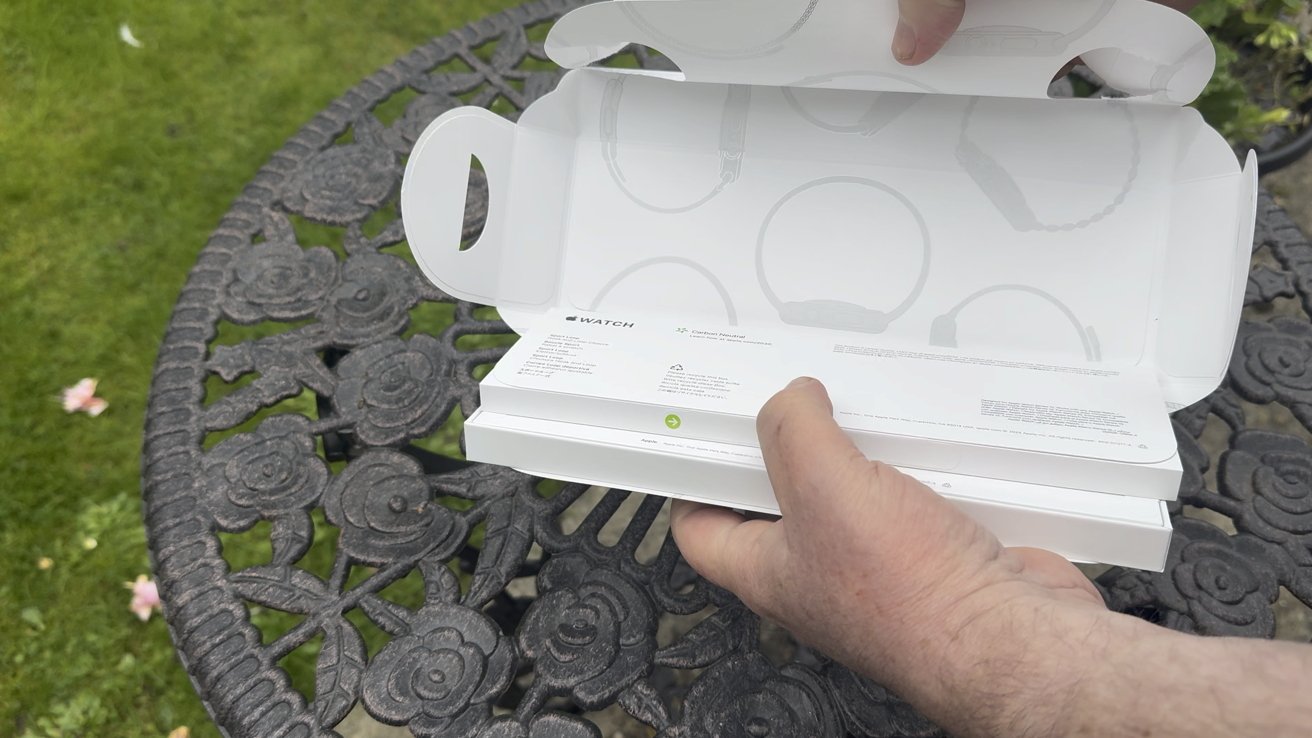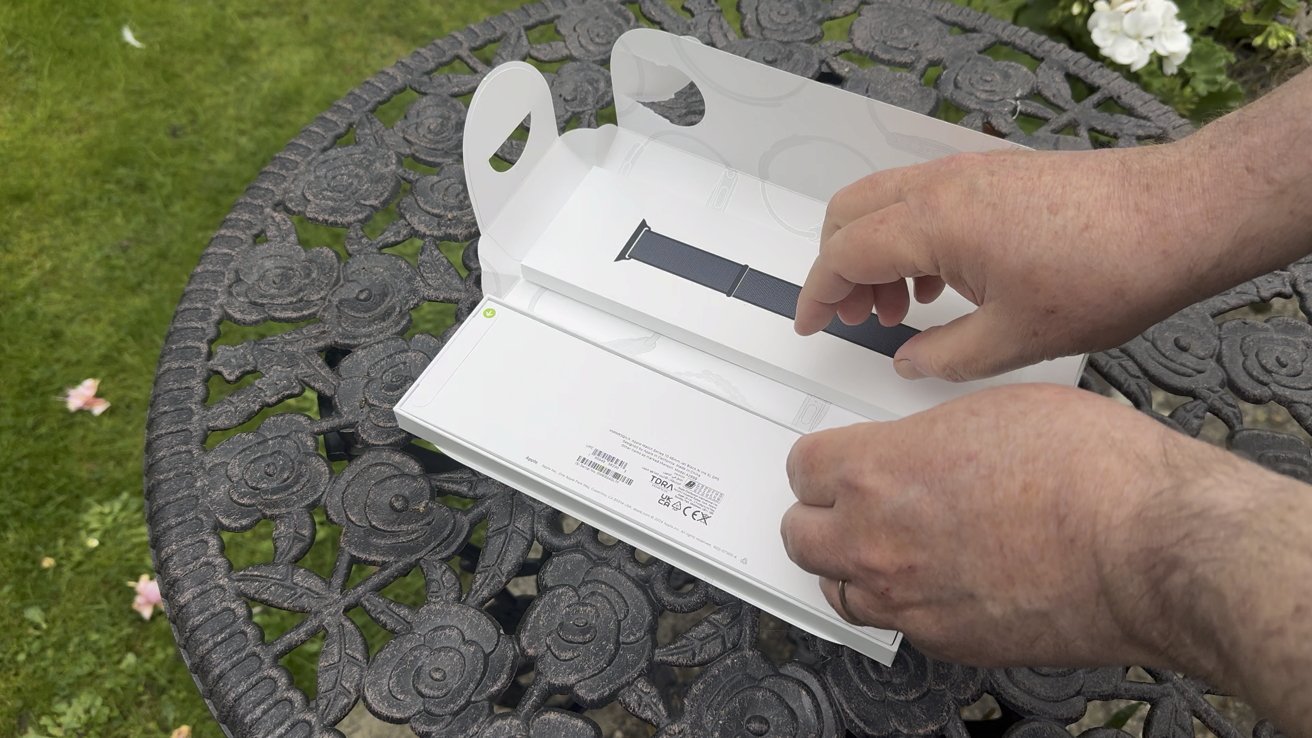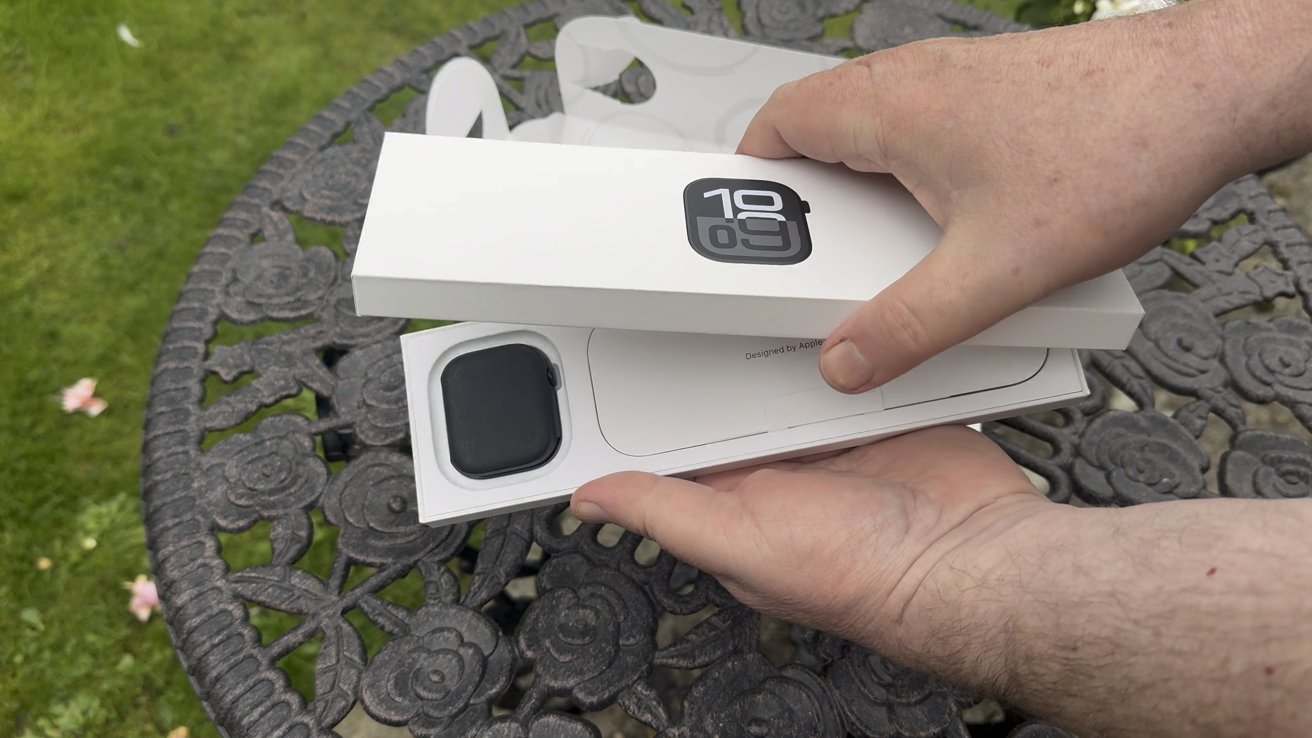One day this fall, if things occur as usual, Apple will stage a big event to introduce the next flagship iPhone. And, based on the events of this month, that smartphone better be great.
Don’t get me wrong, it’s not that I have any beef at first glance with the revamped, smaller iPhone SE that Apple unveiled this week, or with the downsized iPad Pro that accompanied it. Each makes business sense — especially the modernized 4-inch phone model, the iPhone SE. Both seemed to work well in the few minutes I had to fiddle with them, and I’ll have reviews of them soon.
I expect these products will make significant minorities of users happy. Plus, the $399 base price on the iPhone SE (compared to $650 or so for the 6s) may help Apple in overseas markets where cheaper and smaller phones are popular.
But these latest iPhones and iPads don’t break much new technology ground.They are derivative products — the iPhone SE is based on the iPhone 5 design first introduced in 2012. And its innards and features mostly, but don’t quite, match those of the current top mainstream model, the 6S, rolled out last year.
I stand by my view that the premium iPhone 6S and 6S Plus are the best smartphones on the market.
But the top-of-the-line iPhones were challenged impressively just two weeks ago by rival Samsung’s beautiful, carefully engineered new Galaxy S7 phones. A Verge test showed the Samsung’s cameras are better. Only the sadly typical software mess on those phones makes them lag behind Apple’s long-superior iPhone.
If the smartphone category is to take a leap forward, and the iPhone is to maintain its ever-thinning lead as the best smartphone you can buy, Apple needs to impress big time in the fall.
As always, rumors about the next iPhone abound online. They include new types of wireless and wired headphones, including the elimination of the standard headphone jack; a dual-lens camera that would allow for a form of true optical zooming; and even thinner dimensions.
I don’t have any inside information about the next flagship iPhone, and I don’t own any stock or have any other financial interest in Apple, or in any other company whose products I cover.
But here are seven things I’d love to see Apple do to keep moving the iPhone — and the smartphone itself — forward. Some of these items are catchups with competitors, others would be new.
First of all — and this is very tough scientifically — Apple could make a big leap in battery life. The company has long done a decent job for people who are moderate users, or who, like me, have great cell tower proximity, which keeps the phone from battery-draining tower searches. But I know too many iPhone users who are forced to recharge their phones multiple times a day or carry around bulky extra-battery cases or portable chargers. Apple even brought out such a case itself recently. Fixing battery life would be a huge win.
This might mean Apple would have to return to a slightly thicker phone, and not make the next model even thinner. But many users would take that tradeoff for a phone they could be confident would last over a long day, or even more — without a giant battery case bulge.
Secondly, and closely related, is charging. iPhones aren’t especially slow at charging, but Samsung is now faster, and there are companies working on systems that offer somewhat less battery life in exchange for ultra-quick charging that can take as little as five minutes. Plus, Apple should consider enabling wireless charging so its users can take advantage of charging pads being installed in places like Starbucks, without a special case.
Third, it’s time to banish, or seriously shrink, the large top and bottom bezels on the iPhone, and even the smaller side ones, so a large screen can be packed into a smaller phone body. Samsung did a good job with this on the S7, especially on the Edge model. The real selling point of the iPhone SE isn't the smaller screen, but the smaller body that's easier to hold. A larger screen in a smaller overall package would greatly benefit users.
IT'S TIME TO BANISH, OR SERIOUSLY SHRINK, THE TOP AND BOTTOM BEZELS
My fourth wish is for some sort of optical zoom that doesn’t require a heavy telescoping lens. The rumored dual-lens camera might provide this. Previous efforts at unobtrusive optical zooming by other phone makers haven’t been good, so Apple has a real opportunity here. The iPhone camera also needs to do better in low-light situations and to activate even more quickly — great speed is one reason Samsung’s new camera is better.
My fifth wish is for a hardier phone. What, you say, the iPhone is pretty sturdy! And its body is. But it’s never been water resistant, like Samsung phones. Its back is slippery. And its screen cracks pretty easily in common kinds of drops. That’s why the beautiful designs in Apple TV ads are rarely seen in real life because the phones are cloaked by ugly (if profitable) cases and gauzy screen protectors.
Sixth, it’s time to bundle adequate internal storage in the base model, without a price increase. Sixteen gigabytes just doesn't cut it anymore, even in a cloud-based world, and storage is cheap. The base iPhone should have 32 GB of storage, or even 64 — even if that cuts Apple’s margin a little.
Finally, as I’ve written before, Apple needs to up its game in phone software (also on the Mac, but that’s another column). Its Mail app needs to do a much better job of handling Gmail, which has a billion users, even if rival Google makes that hard. Users should be able to select their own favorite apps for core functions. Apple Maps and Siri both need much more work to be consistently reliable, and it’s time to make iMessage, which works well, cross-platform.
Your wish list may differ from mine. But I’m convinced that, for all its success, Apple needs to up its game as the premium smartphone market matures and rivals get better.
Source:theverge
